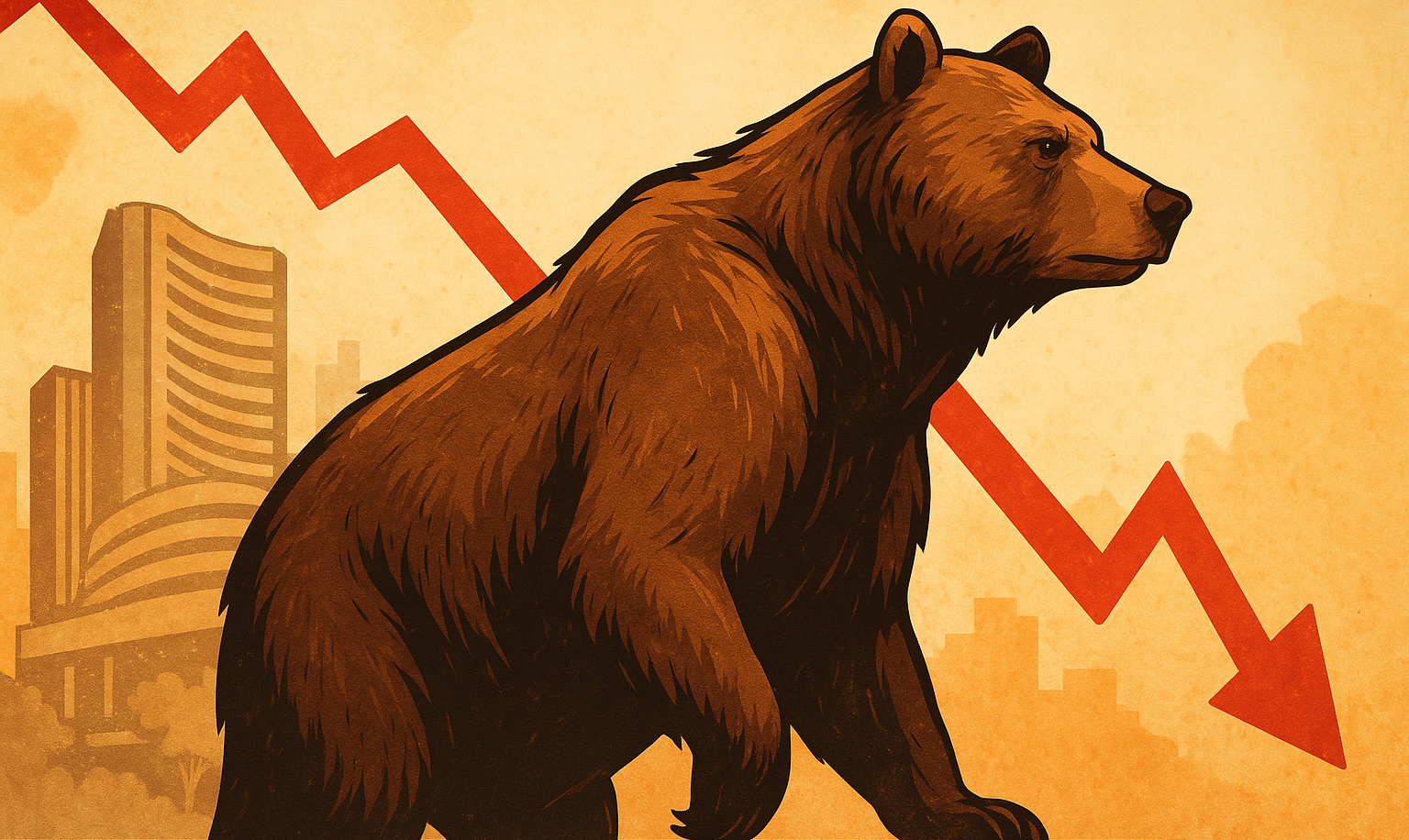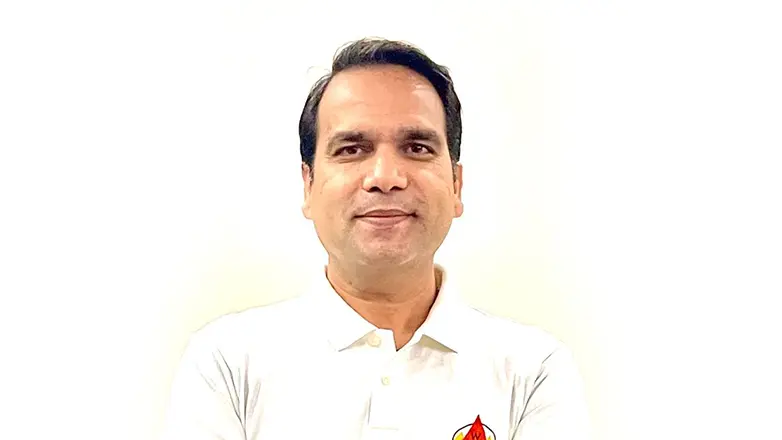The Indian stock market has witnessed some of the most dramatic crashes over the decades, leaving investors shaken and economies disrupted. As Sensex plummeted by nearly 4,000 points recently, it rekindled memories of past debacles that left the financial world shocked. Let’s journey through some of the biggest crashes that shaped the Indian market.

1. The Harshad Mehta Scam Crash (1992)
The first monumental collapse that shattered investor confidence came in 1992 when the Harshad Mehta scam broke. The Big Bull of Dalal Street was found guilty of manipulating the stock market by exploiting the banking system. The fraud, valued at over ₹4,000 crore, led to the Sensex crashing by 570 points, marking a staggering 12.7% drop in a single day. It was a financial earthquake that redefined market regulations and shattered many dreams.
2. The Ketan Parekh Scam Crash
History repeated itself when another stockbroker, Ketan Parekh, was exposed for manipulating shares, causing a similar ripple effect. The scandal broke out when Parekh’s financial misdeeds came to light, leading the Sensex to drop by 176 points (3.7%). The crash coincided with the Gujarat earthquake, compounding investors’ panic and financial distress.
3. Election Shock Crash (2004)
The market often thrives on political stability, and when expectations are shattered, the fallout can be brutal. In 2004, the NDA’s unexpected defeat to the UPA triggered an unprecedented drop. The market had placed its bets on NDA’s return, but when the Congress-led UPA secured a majority, the Sensex nosedived by 842 points (11.1%). It was a harsh lesson on the unpredictable impact of political transitions on financial markets.
4. The Global Financial Crisis (2008)
The collapse of Lehman Brothers in 2008 sent shockwaves through global markets, and India was no exception. On January 21, 2008, the Sensex fell by 1,408 points (7.4%) in one of its worst single-day crashes. The global economic slowdown that followed wiped out nearly 60% of Sensex’s value over subsequent months as investors scrambled to salvage their sinking portfolios.
5. The COVID-19 Pandemic Crash (2020)
As the world grappled with the unfolding pandemic, the Indian stock market faced its darkest day on March 23, 2020. Sensex plunged by 3,935 points (13.2%) as the country entered a nationwide lockdown, triggering widespread panic. The unprecedented halt in economic activities left investors reeling, marking the steepest percentage drop in Sensex history.
A Market That Rises from the Ashes
Despite these catastrophic setbacks, the Indian stock market has shown remarkable resilience. Each crash, though painful, paved the way for stronger regulations, better risk management, and a more robust financial infrastructure. Investors, now more cautious yet optimistic, continue to navigate the market with lessons learned from these turbulent times.
Also Read: Black Monday Bloodbath






















